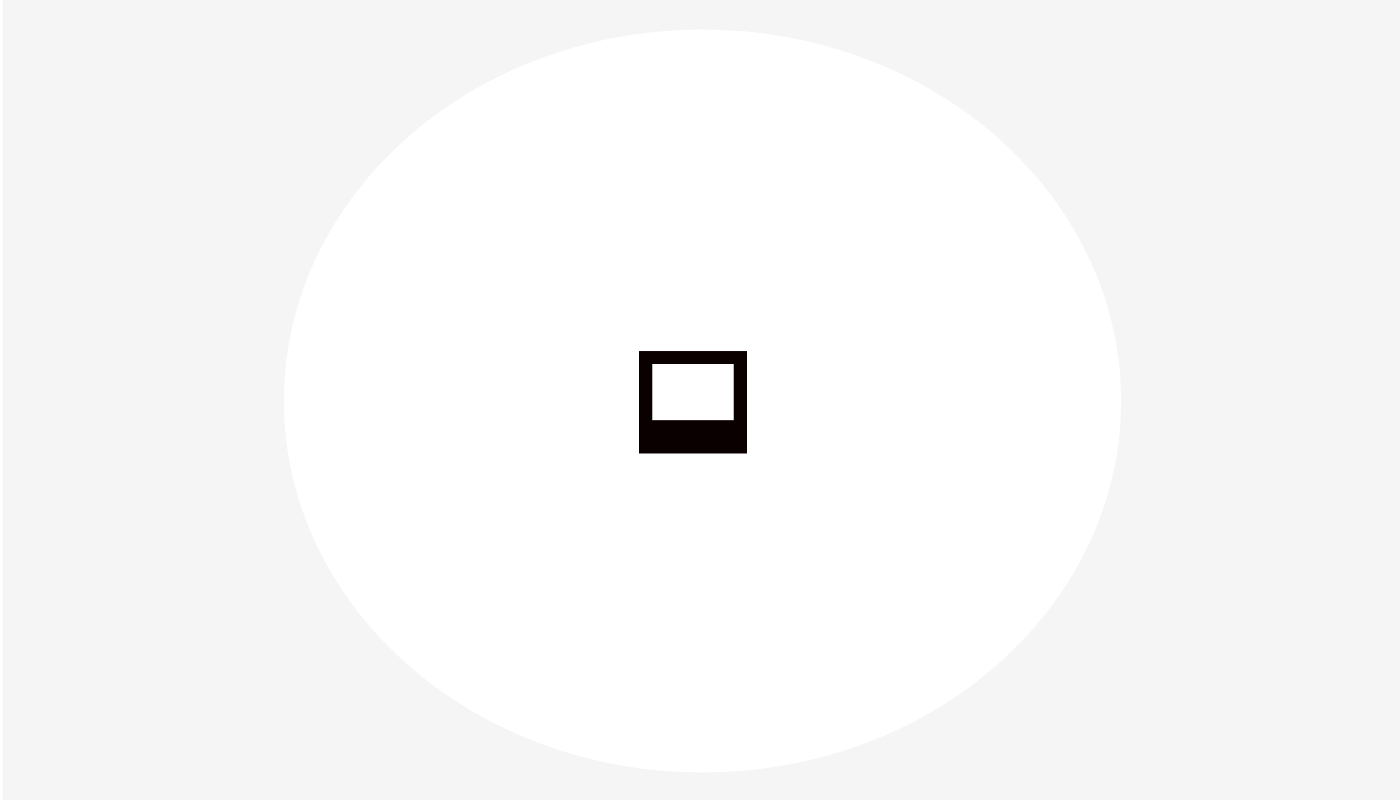Table of contents
The digital age has ushered in a transformative era for art and culture, challenging traditional notions of creativity and expression. As pixels replace paint and screens stand in for canvases, digital art has become a pervasive force, shaping the way we perceive, interpret, and interact with the visual world. This exploration delves into the sweeping evolution and far-reaching impact of digital art, inviting readers to understand its role in sculpting contemporary culture. Discover how technology has redefined the artistic landscape, blurring the lines between the virtual and the real, and offering unprecedented avenues for innovation and communication.
The Dawn of Digital Art
The genesis of digital art can be traced back to a time when the worlds of art and technology began to intersect in groundbreaking ways. Early explorations into computer graphics marked the advent of a new frontier for creative expression, laying the groundwork for what we now recognize as digital art history. Pioneering digital artists, perceiving the untapped potential of technological tools, began to produce work that challenged traditional artistic processes. This nascent form of art gradually gained traction as it mirrored the rapid advancement of technology in art. Each milestone—from the emergence of vector graphics, which allowed for crisp, scalable images, to the sophisticated 3D modeling programs of today—has contributed to digital art's ascent from niche experimentation to a well-established facet of contemporary culture. These artistic forays, powered by ingenuity and a drive to innovate, have fundamentally reshaped our conception of what constitutes artistic mediums and have firmly embedded digital creations within the tapestry of modern cultural expression.
Technological Advancements and Artistic Innovation
The interplay between technological progress and creative expression has notably redefined the landscape of art. As hardware and software development have advanced, so too has the capacity for digital art innovation. Artists, equipped with sophisticated tools, have been venturing beyond traditional artistic boundaries, leading to a proliferation of digital art styles and multimedia art genres. These developments have not only allowed for the manipulation of digital canvases in unprecedented ways but have also introduced augmented reality into the artist's toolkit, creating immersive experiences that blend the physical with the digital. In this dynamic field, a digital artist who has mastered the use of cutting-edge technology or an educator who specializes in digital arts can wield significant influence. Their expertise enables them to harness the full potential of these advancements, elevating digital art to new heights and weaving it into the very fabric of modern culture. For those interested in exploring more about the revolution in digital art, a visit to https://lebanditdemo.com/ may offer additional insights and inspirations.
Impact on Art Consumption and Interaction
The rise of digital media has fundamentally transformed the landscape of art consumption, ushering in an era where interactive art has become increasingly prominent. Unlike traditional settings where art is observed in silence and contemplation, digital platforms have revolutionized user engagement, allowing for a more active participation. This shift is palpable as virtual galleries open up new dimensions for experiencing art, moving beyond the confines of physical space and time constraints. With the democratization of art, there is now unprecedented access to artistic works, eroding the barriers that once kept the public at arm's length from the art world. Online art communities have thrived within this new paradigm, becoming havens for sharing, critiquing, and celebrating art in all its forms. They also serve as incubators for emerging artists and connoisseurs alike, further enriching the cultural tapestry. As these platforms continue to evolve, they not merely host artworks but also facilitate a dialogue between the creator and the audience, engendering a vibrant, interactive ecosystem that was once unfathomable.
The Convergence of Digital Art and Popular Culture
As digital art continues to flourish within the hallowed halls of traditional galleries, its reach extends far beyond, permeating the very fabric of popular culture. This artistic revolution has deeply influenced the entertainment industry, advertising strategies, and social media trends, transforming the landscape of visual culture. The aesthetic influence of digital art is unmistakable in the realm of digital branding, where it has become a linchpin in crafting captivating brand identities and narratives that resonate with consumers on a profound level.
Within the sphere of visual culture, the mastery of graphic design, a pivotal component of digital art, is not only about creating visually striking images but also about weaving the ethos and values of a brand into its visual representation. As a result, the aesthetic appeal of digital art has become synonymous with the success of digital branding efforts. Moreover, the constant evolution of social media trends has created a fertile ground for digital art to assert its dominance, engaging users with imaginative and immersive experiences that often go viral, thus shaping the tastes and preferences of a global audience.
From the perspective of an expert, such as a digital marketing strategist or a cultural studies academic, it is clear that the integration of digital art into popular culture has disrupted the conventional approach to consumer engagement. The synergy between digital art and popular culture is not just a passing fad but a transformational force in contemporary society, redefining aesthetic norms and setting new benchmarks for creativity across various platforms. In essence, the convergence of these two spheres has become an undeniably significant facet of modern life, influencing everything from our visual lexicon to the manner in which brands forge connections with their audiences.
Challenges and Future Prospects of Digital Art
The realm of digital art is continually confronting novel challenges and navigating through uncharted territories. One of the most pressing concerns is the issue of authenticity and verification, which has been intricately addressed with the advent of NFTs, or non-fungible tokens. These digital assets have revolutionized the concept of ownership in the digital world, providing a backbone for the provenance and uniqueness of digital works. In terms of art preservation, the volatile nature of digital media presents significant hurdles. The rapid obsolescence of technology, along with the fragility of digital storage, complicates the long-term safeguarding of artworks. As these digital art challenges persist, the future of digital art looks to the boundless technological potential for solutions.
Emerging technologies continue to redefine the boundaries and expand the horizons of digital art, fueling debates about its artistic value. Within these discussions, there is a sense of optimism about the role of cutting-edge tools in crafting experiences that were previously unimaginable. Looking forward, the integration of virtual reality, artificial intelligence, and blockchain is poised to further disrupt the artistic landscape, making the future of digital art an exhilarating frontier to explore. The continued evolution of these technologies promises not just novel avenues for creators but also fuels an ongoing reevaluation of what constitutes art in the digital age.
Similar

How Modern Online Gaming Platforms Enhance User Experience With Rich Bonuses?

Step-by-step Guide To Mastering Chicken Road Game Strategies

Strategies For Winning At Online Chicken Crossing Games

Exploring The Popularity Of Trending Online Money Games

Comparative Analysis Of Mobile Apps And Browser Versions For Online Gambling

Comprehensive Guide To Understanding 243-Ways Slot Mechanics

Exploring The Latest Trends In Brazilian Online Entertainment Platforms

Exploring Traditional Japanese Crafts Through Modern E-commerce Platforms

Mastering The Art Of Crash Games: Strategies And Tips

Effective Budget Management Tips For Plinko Players

Unveiling The Excitement Of Digital Currency In Aussie Online Gambling

The Future Of Augmented And Virtual Reality In Online Gaming

Exploring The Benefits Of Low Deposit Options In Online Casinos

Exploring The Popularity Of Free Online Casino Games

Exploring The Impact Of Technology On Modern Betting Systems

Integrating SEO And Content Marketing: Tips For A Synergistic Approach

The Evolution Of Welcome Bonus Structures In Canadian Online Casinos

Maximizing Your Chances: Strategies For Unlocking The Full Potential Of Welcome Bonuses At Online Casinos

